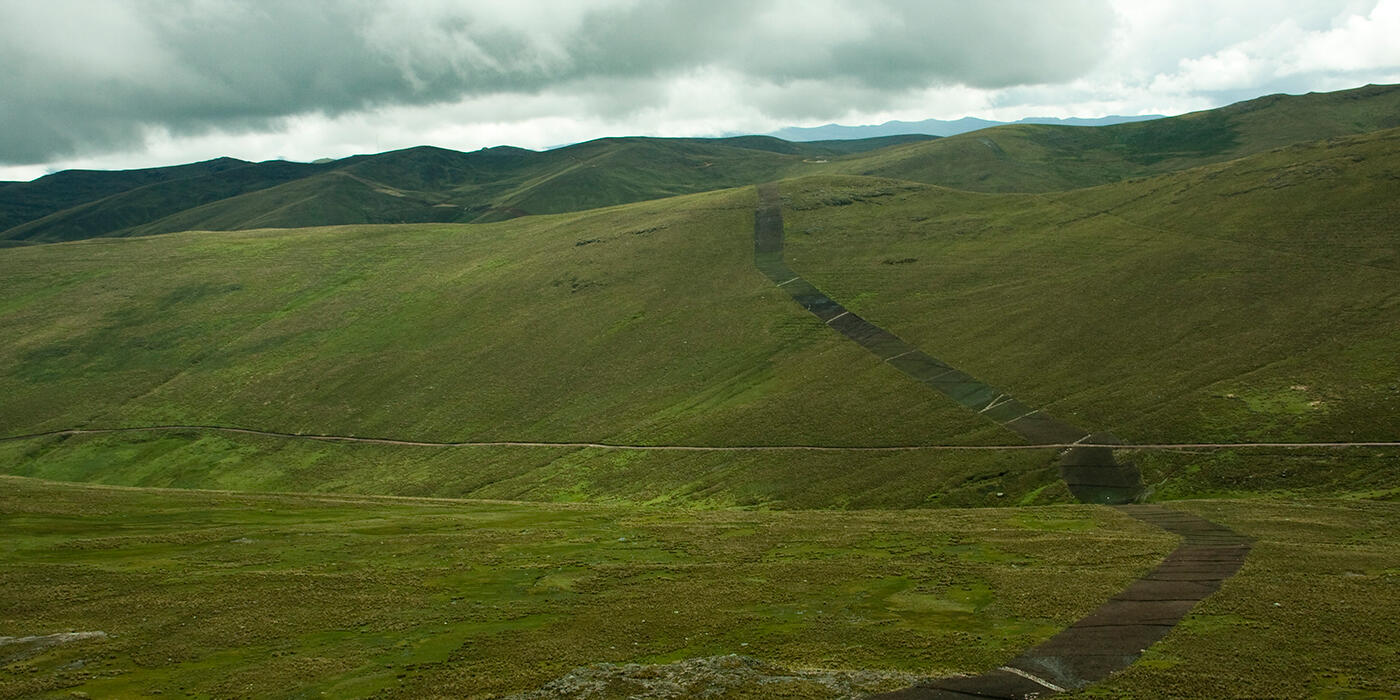Mitigation Hierarchy
Planning for and Reducing Impacts
What is the Mitigation Hierarchy?
The mitigation hierarchy is a set of guidelines, established through the International Finance Corporation's Performance Standard 6, meant to help development projects prepare for impacts and aim to achieve no net loss of biodiversity. The hierarchy follows avoidance, minimization, restoration and offsets in order to reduce development impacts and control any negative effects on the environment.
Avoidance
The initial step in the mitigation hierarchy works best in parallel with project planning and can have a dramatic influence on the project's overall number or intensity of impacts. Avoidance includes changing site locations, using alternative development practices and limiting the area of impact.
Minimization
Project impact minimization helps reduce the intensity of development impacts on the environment. Minimization can be integrated into the project through new technologies or methods, reduction in total land space required for project activities, or even by altering the timing to limit effects on species and habitats.
Restoration
If the project is unable to avoid or minimize impacts, restoration is the next step. This step can repair impacts such as soil degradation, increased erosion, disturbed vegetation and more. Restoration can include labor-intensive practices that restore habitats back to their pre-project state, or they can boost natural processes for recovery of the natural landscape.
Offsets
Offsets are the last step in the mitigation hierarchy and are meant to be the last resort. However, they should be prepared at the start of the project to maximize their efficacy. Offsets include various actions taken by the company to balance the overall negative impacts of the development project. This can include funding for national parks; restoration projects in adjacent lands; and involvement with local, regional or national environmental initiatives.













